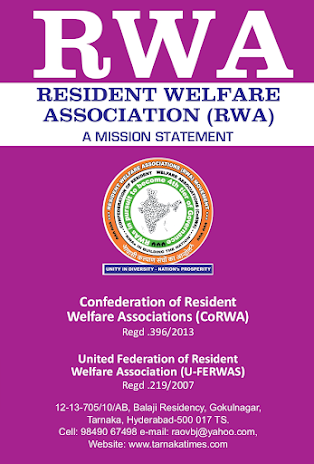Latest data from the Telangana Ground Water Department portends a dire situation for the state with ground water levels depleting more than ever
Tarnaka Times, Hyderabad
Notwithstanding the onset of monsoons in the state, albeit several days late, the rains do not auger well for denizens in Telangana. Rather, if latest studies by the Ground Water Department, are anything to go by, dry days will be the order of the day with acute water shortages foretold for the state in the coming days and months.
Telangana ended the Water Year 2018-19 (June to May), with an overall rainfall deficit of 18% compared to the normal rainfall of 904 mm. of the 589 mandals, 299 received deficit rainfall between -20% and -59% while 11 mandals received scanty rainfall (above -59%). Only 24 mandals received excess rainfall (+20% and above) while 255 received normal rainfall.
Coming on top of the bleak scenario last year, up to May 2019, the delayed and sparse monsoon so far this season, clearly is setting the alarm bells ringing.
More than half of the 589 mandals in the state received deficit rainfall between -20% and -59% while 11 mandals received scanty rainfall (above -59%), during Water year 2018-19.
A serious consequence of the deficit rainfall last Water Year, is the depleted ground water situation , notes the Ground Water Department of the state, which monitors the situation across 1199 stations and maintains comprehensive data collated month-on-month providing perhaps the most detailed picture of the state of the water situation anywhere.
It analyses the water level data in relation to the rainfall, recharge measures, drought and extraction of groundwater in the state extracting not just a year-on-year and month-on-month scenarios but also a decadal perspective in graphic detail.
May 2019 has perhaps been the worst over the past decade with the analyses of data from 946 stations showing average groundwater levels down by 1.83 meters compared to the levels in May 2018.
Telangana is not the lone state facing this kind scenario with Maharashtra, Tamil Nadu and Rajasthan already bearing the brunt of acute water shortages and emergency measures. The NITI Aayog recently released a study of 21 cities, including Delhi, Bengaluru, Chennai and Hyderabad, that state they would run out of ground water by 2020 affecting about 100 million people. About 40% of Indians would have no access to clean drinking water by 2030, it said.
Though debunked by some experts for the suspect data used in the study, the report nevertheless highlights the situation, which though triggered by dropping levels of rains is predominantly a man-made crisis.
Quite understandably the Telangana Ground Water Department, based on its own first-hand data, sounded the alarm bells stressing on the need for water conservation, augmentation and management of demand side measures like drip and sprinkler irrigation methods along with aggressive water harvesting across the state.
However, this is easier said than done, with government departments, citizens, particularly RWAs and large commercial complexes, yet to wake up to the reality. Many of the Rainwater Harvesting (RWH) pits dug over the past few years by residential societies, have remained purely ornamental and many have turned into garbage pits.
While it is high time citizens, led by residents’ associations, to sit up and take notice of the situation, at the same time it is necessary for the authorities, particularly GHMC, to take up the cause on a war footing by roping in the civil society and NGOs into the war on water shortage.







0 Comments